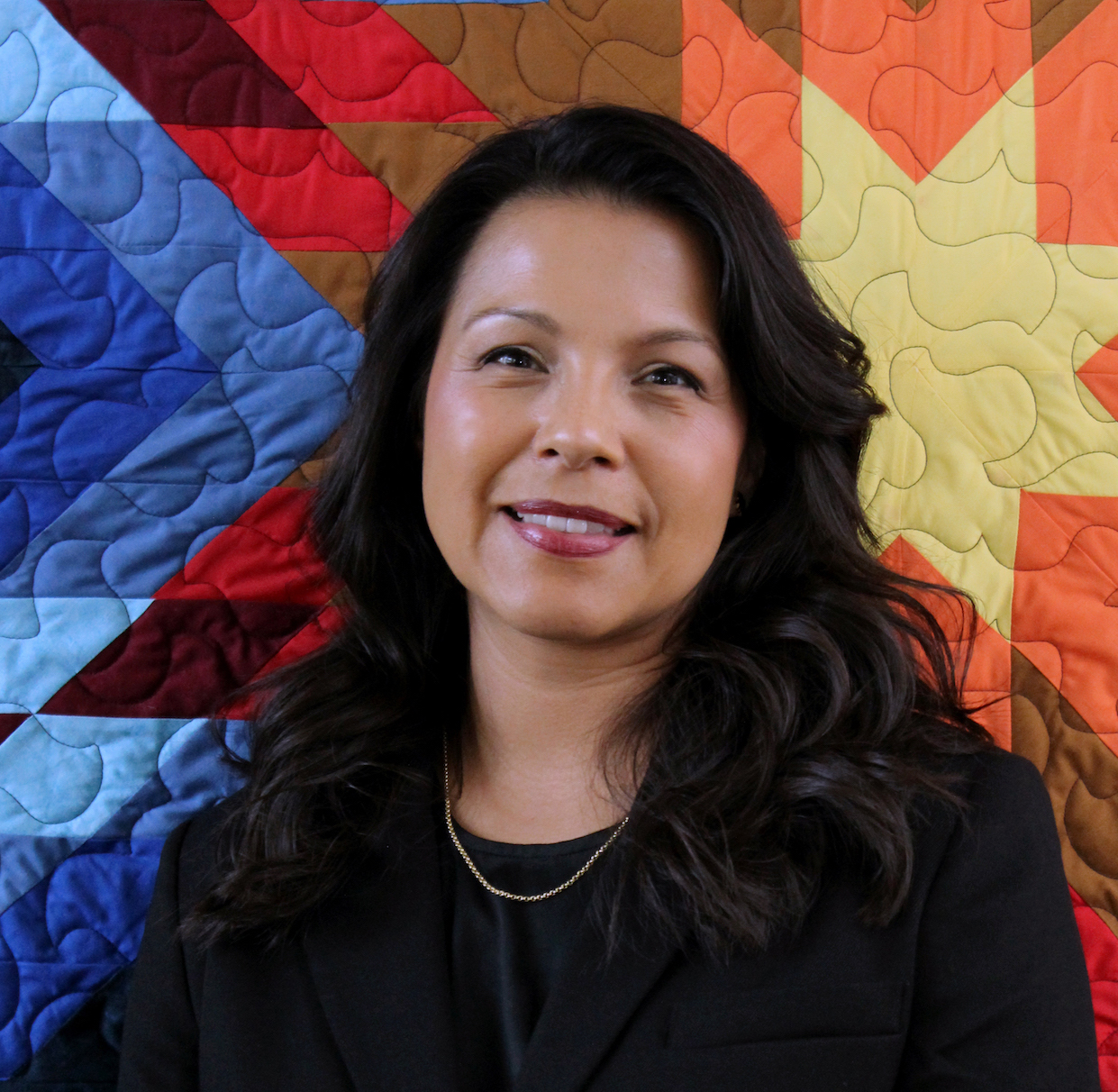Growing up, Pamela McCoy Jones knew the importance of language to her culture. She’s Anishinaabe, from Batchewana First Nation (Ontario), and knows firsthand how colonialism tried to erase all Indigenous languages in its attempt to erase the people themselves. But she never learned, and in fact rarely heard, the language herself.
“There is a reason we stopped speaking our language,” she says. “It was systematic, it was deliberate. Residential schools failed to completely erase Indigenous languages, but we still are recovering from that legacy. We know the Truth and Reconciliation Commission, the calls to action, are focused on language. There’s the International Decade for Indigenous Languages. Article 13 focuses on languages as well as other histories and writing systems. But then I started wondering: Why haven’t I learned my language?”
She started learning Cree as an adult, at the University of Alberta, but found it focused on memorization and lacked connection to the culture itself. And she knew she wasn’t alone. There are different ways that people need to be inspired or engaged, Jones says, and that might come at different times for different people on their language journeys.
“One of our elders said, ‘I wish I had more fluent speakers to talk to, I’d really love to take an advanced Cree course, because I need to practice.’ And then there are people that are just starting out who want to be immersed in the language, maybe outside on the land, instead of in an institutional, academic endeavour. There are many ways we can look at language learning holistically, and find space for that to flourish.”
Finding ways for language learning to flourish is what Jones does as executive director of Supporting Indigenous Language Revitalization (SILR). It’s a five-year project that operates out of the U of A, and spans different areas of the university (Faculty of Education, School of Public Health, Indigenous Programming and Research), but is community-based.
